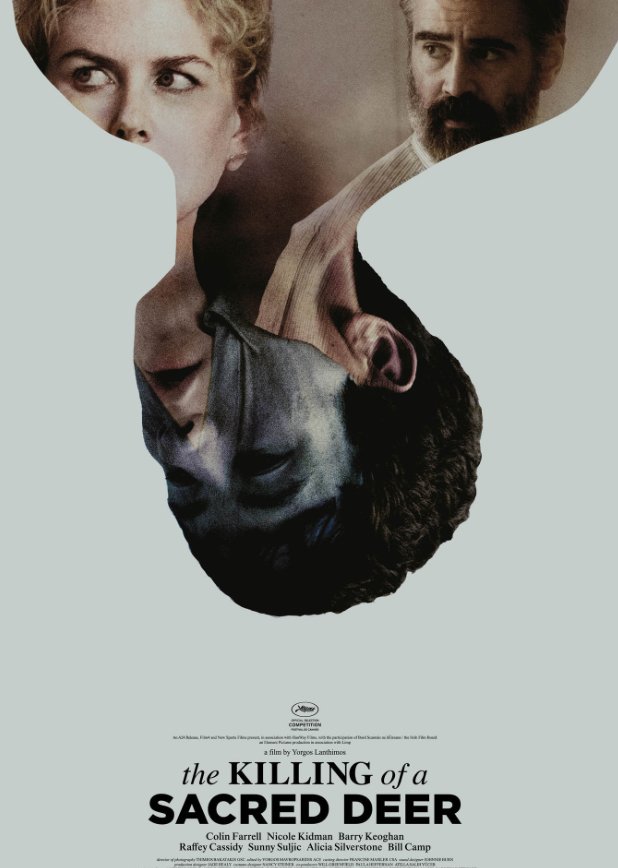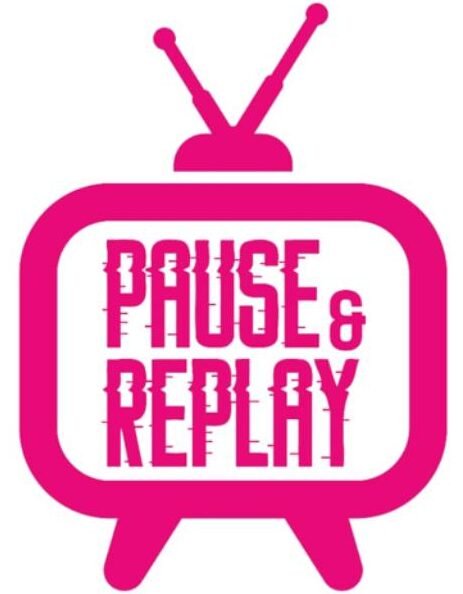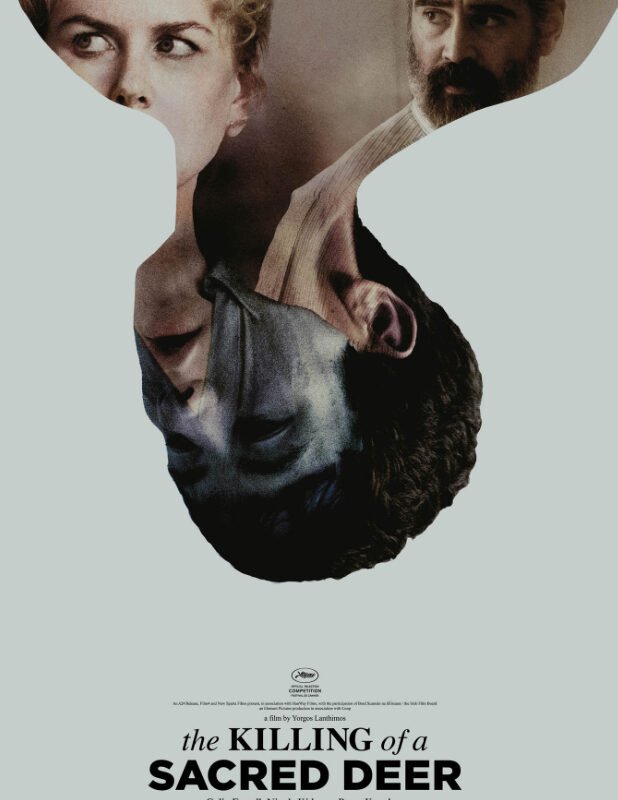
The Killing of a Sacred Deer Movie Poster: https://www.imdb.com/title/tt5715874
by Harmony Joy
Arthouse film lovers, gather ’round – ‘The Killing of a Sacred Deer’ is a wild ride, and I have THOUGHTS that I am confident that you will disagree with and it’s okay – today I’m choosing violence. The previews reeled me in with that cinematic shot of a teenage girl standing in front of a tree singing with the evening sun peeking through all the right places to a teenage boy sitting in the grass listening intently; it was the vulnerability. Instantly, I knew that this young man must have tapped into her soul in a way that gave her permission to share a gift that she was not sure she was quite worthy to behold. After seeing the previews, I thought to myself, “Where has this film been all of my life”, so I grabbed a snack and tuned in. I love films, especially artsy ones, but this one yielded a viewing experience that failed my expectations.
Let me first start off by saying that I am not familiar with Lanthimos or Fillippou’s body of work, but I respect their hustle because I have yet to make a film myself. If filmmaking were easy, everyone would do it. Now that we got that out of the way, let’s dig into my takeaways.
What I appreciate most about this film is the cinematography. The shots take the viewer uncomfortably close, mirroring Dr. Murphy’s own invasion of personal boundaries. Consider the diner scene – we’re practically in the booth with him and the boy, making their odd connection even more unsettling. When Dr. Murphy and the boy walk outside, the jilted camera angles warn us something is deeply wrong, even before any dialogue reveals it.
Sadly, that dialogue was my main stumbling block. The stilted conversations and lack of emotional expression should be chilling, but instead felt flat. For all of Colin Farrell’s skill, Dr. Murphy’s coldness made him difficult to empathize with,even as his world crumbled. Perhaps that was the intention, but it undermined the film’s intended emotional impact for me. That disconnect was only amplified by his shockingly gratuitous confession to his son – a desperate attempt to force a reaction, revealing not only his cruelty but a disturbing account of child abuse. Consequently, subjecting the viewer to a scene that forced us to witness it unfolding in real time felt unnecessary. The dialogue itself failed to push the plot forward, further diminishing the scene’s impact.
Visually, the film is stunning. The contrast of Dr. Murphy’s immaculate home with his moral uncleanliness is a clever choice. It’s like the director kept juxtaposing Dr. Murphy’s inner life with his external environments. As a surgeon, he works in sterile environments, but inwardly he is filthy, willing to sacrifice his child to atone for his sin rather than take responsibility. He’s the opposite of clean. Also, I appreciate the symbolism regarding his private residence; behind closed doors, this family is anything but picture perfect.
Understandably, one could argue that while the film contains visual metaphors sometimes it was a little heavy-handed. I appreciate excellent composition, lighting, and all of the things that make a movie visually appealing, but none of the bells and whistles can replace or conceal what is not working in a film. I kept asking myself, “What good can come from all of this?”. I failed to see anything good, true, or beautiful in this story. I searched high and low for a redeemable character and found none. I was left wondering if the film is a commentary on justice, a psychological thriller, or something else entirely. The unsettling atmosphere is undeniable, but I ultimately needed more from the characters and the story to meet the expectations set by the film’s technical mastery.
Let’s not ignore those performances! While I found Dr. Murphy unlikeable, Colin Farrell’s performance deserves praise.His ability to convey such coldness actually highlights the film’s flaws – we’re meant to feel something for this man as his world crumbles, but his lack of emotional depth makes that difficult. Nicole Kidman embodies a wife both fragile and frightening, while Barry Keoghan’s Martin is a chilling enigma. Yet, even their strong work couldn’t overcome my issues with the film’s core.
In the end, the opening shot of that beating heart was a promise unfulfilled for me. Perhaps the film is asking us to examine our own concepts of justice and revenge, but ultimately, I was left wanting more on a purely emotional level. I craved a resolution where Dr. Murphy took accountability for his actions towards Martin’s father, and where Martin faced consequences for his torment of the Murphy family. This lack of resolution, however, could be the film’s true purpose – to force us to grapple with our own messy ideas of justice. Despite its technical strengths, I cannot fully recommend this film unless you’re prepared to enjoy it with the sound off. It’s a masterclass on camera movements, lighting, composition, and angles. However, if you are looking for a story that offers something beautiful in the midst of darkness or you are craving a redemption plot, this is not a good fit for you. This movie stares into the belly of the beast called revenge, and it’s all dark and twisty in there.

